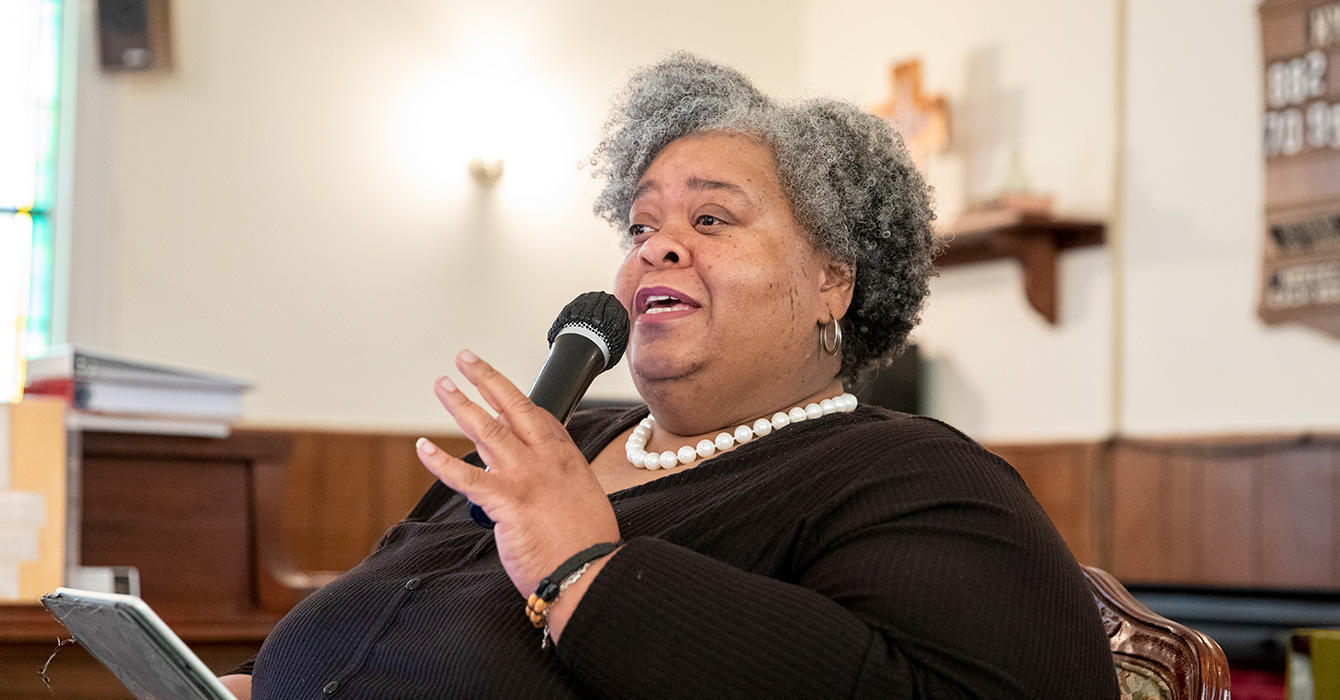Pastors and denominational executives have fretted about how ministries will be funded in the future. These leaders sometimes express the concern by discussing ways to diversify revenue streams or reduce the percentage of the budget devoted to staff.
Increasingly, leaders feel like the financial model for Christian congregations and related institutions needs some reformation. What is needed to move from fretting to creating new models?
The good news is that Christian leaders are not alone with this concern and question. In the last two years, a similar concern has surfaced in higher education. Last month, Inside Higher Ed released its 2013 Survey of College & University Business Officers. From it we learn that:
- Only 27% of business officers express strong confidence in the viability of their financial models over five years -- and that drops to 13% over 10 years.
- Six in 10 CFOs disagree with the statement that "reports that a significant number of higher education institutions are facing existential financial crisis are overblown.”
- More than half -- 57% -- agree that new spending at their institutions will come from reallocated dollars rather than new revenue.
College presidents and business officers now know what many pastors have been feeling for 20 years.
In my experience with congregations and institutions, leaders most frequently focus on the financial model that accountants trained me to call the “income statement,” in which the income and expenses for the month, the year and the previous year are listed and compared with the budget.
The income statement provides important operational information. In large organizations like the hospital and universities where I have worked for 20 years, the income statement related to my projects is the only financial information I could regularly review.
Reforming the financial model requires a review of the “balance sheet” where the assets and liabilities are detailed. The assets are what generate the income and increase the financial worth of the enterprise.
When I was president of a small ministry, one of our stakeholders reviewed the financial statement and told me that he did not care to look at all those numbers. He wanted to know how much cash we had in the bank. Having been lovingly trained by the accountant, I replied that we did monitor cash flow, but that a more helpful number might be the General Fund balance found on the balance sheet. This number represented the uncommitted cash in the bank. I learned that this senior executive in a huge Christian institution could not read a balance sheet.
For Christian ministries, the view of assets has to be more complete than what is captured on financial statements. The assets that could be keys to determining a new financial model could come from the networks of people or organizations which engage with the ministry, the services that the ministry has the people and expertise to provide, and the intellectual property that is needed for others to do ministry. Perhaps we need an expanded balance sheet that quantifies these assets alongside the financial capital.
The “lower half” of a balance sheet details the liabilities. Here the current obligations of the ministry are named, particularly those related to past events. Think about it in terms of a loan. The borrowing of money is a past event that creates a current obligation to pay. The loan balance and interest are listed as liabilities.
Assets and liabilities are impacted by the environment, in the same ways that offering plate contributions have always been impacted. For example the regional and national economies, the religious landscape, and the demographics of donors and participants can each and all shift in ways to increase or reduce the capital available in terms of time, money and even imagination.
Next week, I will share some questions that can help frame a conversation within a ministry about the financial model. Some days I wish Christian institutions and congregations could leave such worries to the accountants. However, developing and testing new models requires a variety of gifts that nearly all leaders will need to engage.












